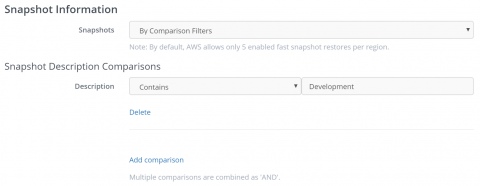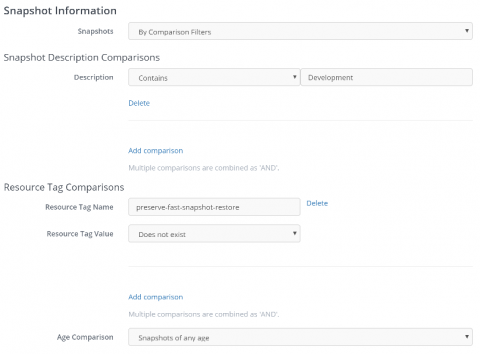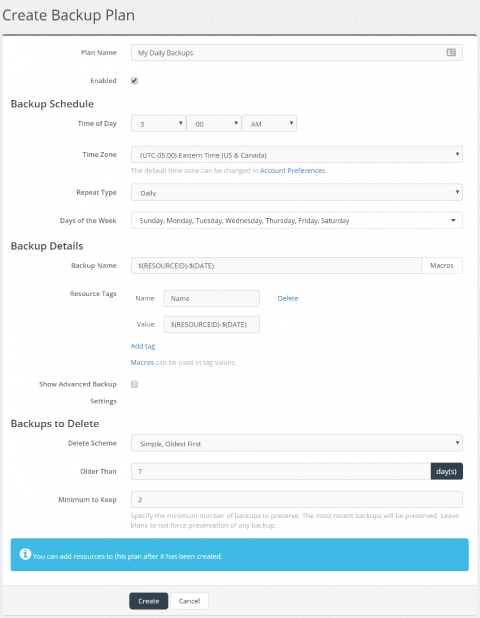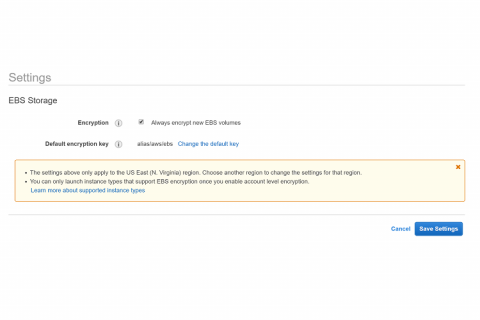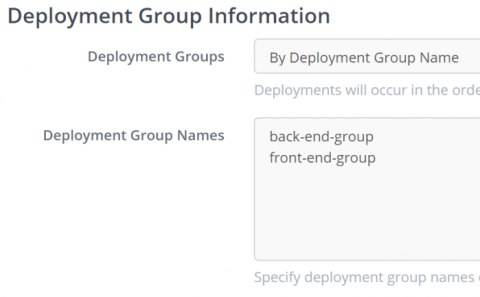Enable EBS Fast Snapshot Restores Action
A month ago, Skeddly added a Disable EBS Fast Snapshot Restores action. This action is a fantastic way to ensure you don’t leave EBS snapshots around with Fast Snapshot Restores enabled. That will just be a waste of money. Today, I’m happy to announce a new Skeddly action: Enable EBS Fast Snapshot Restores. This new action allows you to enable, and optionally disable Fast Snapshot Restores on your EBS snapshots.


